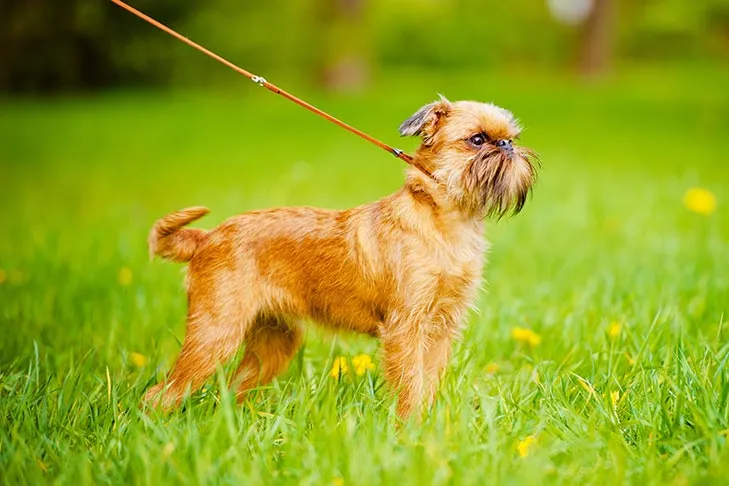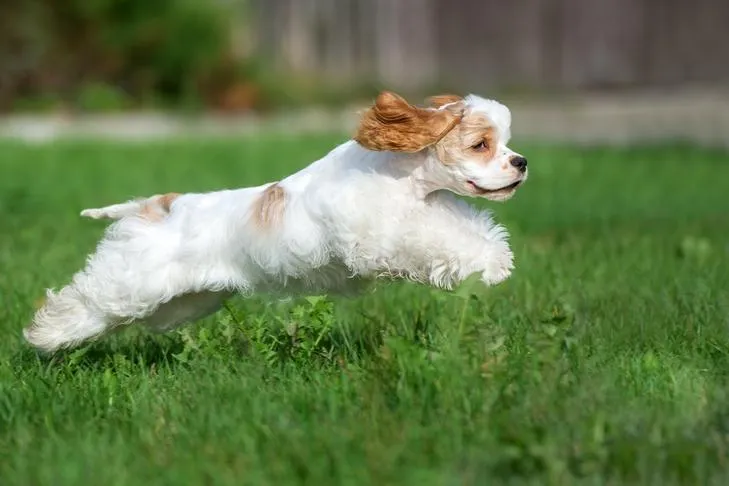Teaching your dog to reliably come when called, often known as recall, is one of the most critical skills they can learn. It’s a fundamental part of responsible pet ownership and can be a life-saving command, especially in unexpected situations. Dogs are naturally curious, and the world offers countless distractions. Every time you ask your dog to come, you’re requesting they disengage from something potentially fascinating and turn their attention to you. Therefore, mastering How Do You Get Your Dog To Come effectively requires showing them that being near you is the most rewarding and enjoyable place to be. It’s about building a strong, positive association with your call, ensuring your dog chooses to return to you over any other stimulus.
Understanding Reliable Recall
“Reliable recall” signifies a level of training where you are nearly certain your dog will respond enthusiastically to your call. While no dog is a robot, the goal for a life-saving skill like recall is maximum consistency. A dependable recall is crucial if you wish to allow your dog off-leash in designated areas, such as fenced yards or dog parks. It’s also paramount in emergencies, providing a vital safety net.
Alternatives for Off-Leash Freedom
If you’re not fully confident in your dog’s recall, there’s no need to rush into off-leash situations. Keeping your dog on a leash is a responsible choice. Consider letting them play in securely fenced areas or utilizing a long leash to give them more room to explore safely. Regardless of your dog’s recall strength, always adhere to local leash laws. These regulations typically apply to public spaces, including local parks, and often even your front yard if it’s not securely fenced.
 A small Brussels Griffon dog stands attentively in green grass while on a leash.
A small Brussels Griffon dog stands attentively in green grass while on a leash.
Step-by-Step Recall Training
Making training a fun game is key to successful recall. Begin your training in a calm, low-distraction environment, like inside your home. Start by showing your dog a favorite toy or a delicious treat. As they approach you, offer verbal praise. Crucially, always reward them generously when they reach you. After a few repetitions, once your dog consistently looks at you and moves towards you, introduce your chosen verbal cue, such as “come” or “here.” Only add the cue when you are confident your dog is already heading your way.
You can gradually increase the challenge by asking your dog to come before showing them the treat. Always reward their successful return with a high-value treat, like small pieces of chicken or cheese, to reinforce the positive experience. Slowly introduce more distance within your low-distraction training space, building their reliability step by step. You might also find it helpful to learn how to stop puppy from jumping up on me during excited greetings, as this can often be linked to recall training.
Engaging Recall Games to Boost Responsiveness
Beyond formal training, incorporating fun games can significantly enhance your dog’s recall speed and enthusiasm.
Catch Me
While walking your dog on a leash, get their attention, then turn and run a few steps away. As your pup moves with you, enthusiastically say your recall cue. After a few steps, stop and reward them with a treat or a toy. Always ensure your dog is paying attention before you run to prevent any sudden jerks on the leash.
Find Me
Once your dog understands the basic concept of recall, you can increase the challenge and excitement by calling them from another room. When your dog finds you, offer immense praise and generous rewards. This hide-and-seek-like game is a fantastic way to make recall a joyful experience for both of you.
Hot Potato
Gather two or more family members or friends, each equipped with high-value treats. Stand a good distance apart and take turns calling your dog between you. Reward your dog every time they successfully come to the person who called them.
A common training error is to always end playtime immediately after a successful recall. Dogs are smart and will quickly associate coming to you with the end of their fun, making them less likely to respond in the future. Instead, practice recalling your dog, praising and rewarding them, then immediately releasing them to go back to what they were doing. This teaches them that “come” doesn’t mean “fun is over,” but rather “check in, get rewarded, and then return to play.”
Avoiding a “Poisoned Cue”
If your recall attempts often sound like, “Come! Come! Come! Come! Come! Please come!”, you might be dealing with a “poisoned cue.” This typically happens unintentionally when a command loses its clear meaning or develops a negative association for your dog, leading them to ignore it. The most common way a cue becomes poisoned is through overuse, repeating the word repeatedly without your dog responding.
 A lively Cocker Spaniel dog running happily through a grassy yard.
A lively Cocker Spaniel dog running happily through a grassy yard.
In such cases, the most effective solution is to change your verbal cue entirely. If you previously used “come,” switch to something new like “here” or “close.” Then, go back to the very basics, introducing the new recall cue in a low-distraction environment, just as you did when you first started training. This fresh start helps your dog form a positive, clear association with the new command. It’s also helpful to remember that preventing unwanted behaviors like how to stop a dog from barking in the house requires similar consistency and careful cue management.
Essential Recall Training Tips for Success
To build a truly reliable recall, keep these crucial tips in mind:
- Avoid Repeating Yourself: If you find yourself repeatedly calling your dog, it’s a sign that the environment is too distracting or your dog doesn’t yet understand the skill well enough for that level of challenge. Scale back to an easier setting.
- Reward Eye Contact: Whenever you notice your dog voluntarily looking at you or choosing to be near you, verbally praise them and offer a treat. This reinforces the idea that paying attention to you leads to good things.
- Never Punish Your Dog for Coming: Even if your dog takes their time to respond, always praise them when they finally arrive. Punishment will only teach them that coming to you is a negative experience, making them less likely to return in the future.
- Reward Generously: Especially during the learning phase, use high-value treats and favorite toys. You want your dog to associate coming to you with receiving something truly fantastic. This strong positive association is key to building a robust recall.
- Practice Daily: Consistency is vital. Practice recalls daily, gradually increasing the difficulty and the level of distraction. Moving too quickly will likely confuse your dog and undermine their reliability. This consistent practice also ties into training behaviors like teaching your dog to train your dog to not pull on leash during walks.
- Don’t Chase in an Emergency: If your dog is running away in an emergency, chasing them often turns it into a game for them, encouraging them to run further. Instead, try running away from your dog to inspire them to chase you, making coming back a fun pursuit.
Conclusion
Teaching your dog to “come” reliably is a journey that requires patience, consistency, and positive reinforcement. By understanding the principles of reliable recall, avoiding common pitfalls like poisoned cues, and incorporating engaging training games, you can build a strong and trustworthy response from your canine companion. A dog that consistently comes when called is not only safer but also enjoys a stronger, more trusting bond with their owner. Invest the time in this crucial command, and you’ll unlock greater freedom and peace of mind for both you and your beloved dog. Consistent practice ensures a happier, safer dog who understands and responds to your call, reinforcing the deep connection you share.
